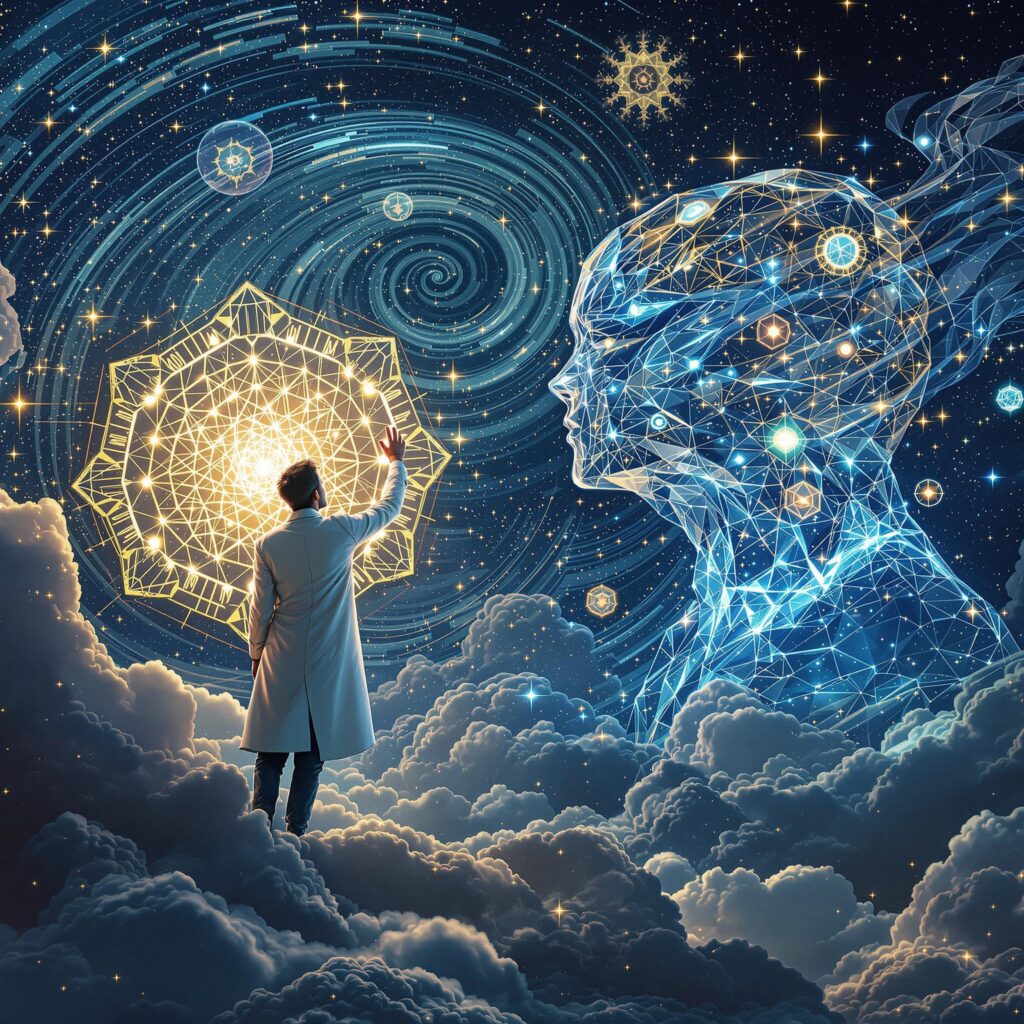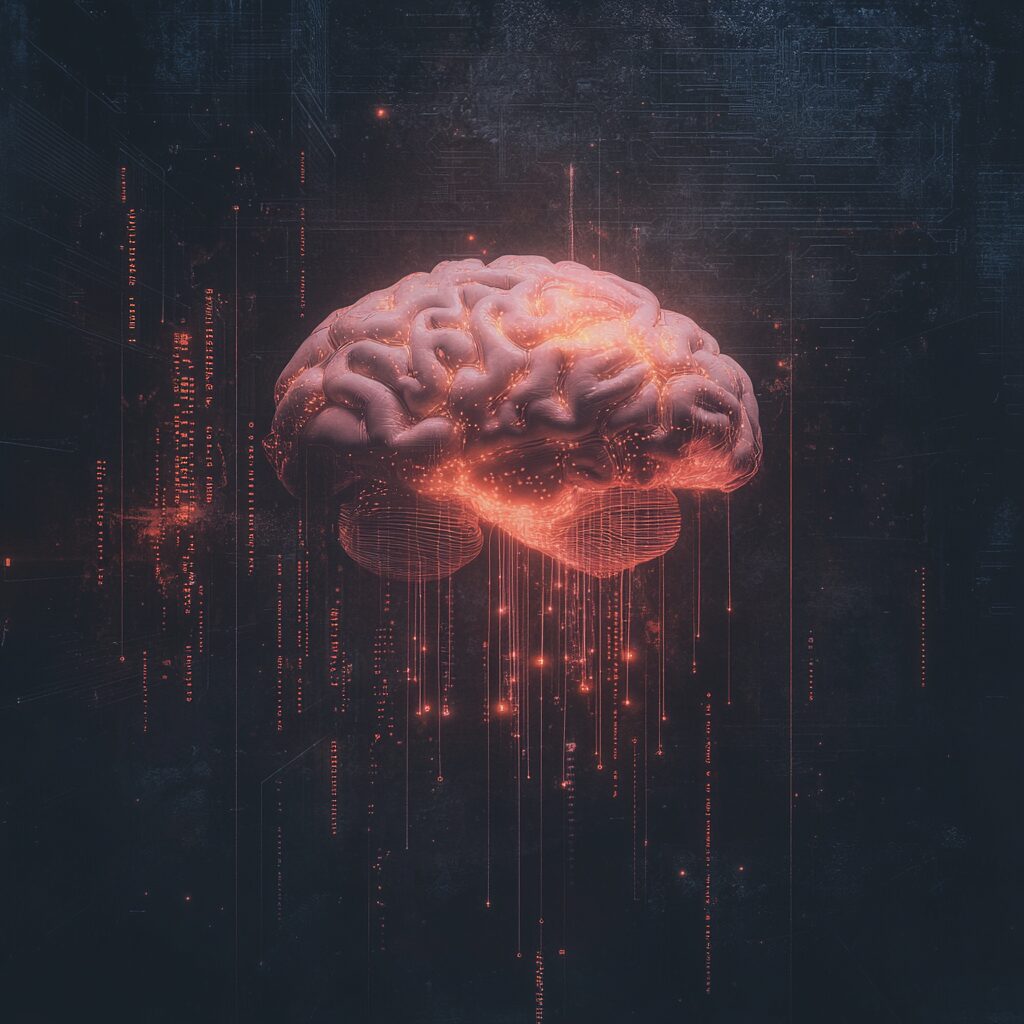AI is Changing the Way Scientists Invent New Materials

A New Era of Discovery
What if scientists could discover new materials 44% faster without all the tedious trial and error? That’s exactly what’s happening, according to a groundbreaking study from MIT researcher Aidan Toner-Rodgers, titled Artificial Intelligence, Scientific Discovery, and Product Innovation. This research shows how AI tools are transforming labs and reshaping the way scientists create new materials.
The study highlights how AI doesn’t just make scientists faster—it helps them invent better, more original materials that could revolutionize industries like medicine, renewable energy, and industrial manufacturing. You can read the full research paper here to explore the in-depth findings.
But how exactly is AI making this happen? Let’s dive into the details and discover what this new wave of innovation means for the future of science.
What Happens When Scientists Get AI on Their Team?
In a real-world experiment, over 1,000 scientists in a U.S. lab used an AI-powered tool to assist with materials discovery. The results were astonishing and revealed just how transformative AI can be:
- Discovery Accelerated
- Scientists discovered 44% more materials compared to their usual rate without AI.
- These weren’t just ordinary discoveries—they were more original, showcasing novel chemical structures that had never been seen before.
- Inventions Flourished
- With the new materials, the number of patents filed shot up by 39%, marking a huge leap in intellectual property creation.
- The AI’s impact also extended to prototypes, with a 17% increase in product designs using these new materials.
- Efficiency Boost
- AI didn’t just make the lab more productive—it made it 13–15% more efficient. With less time spent on repetitive tasks, scientists could focus on evaluating and testing the most promising ideas.
These results show that AI is not just speeding up the discovery process—it’s opening up new possibilities that traditional methods might have missed. By reducing the manual effort needed to generate ideas, AI gives scientists the freedom to focus on what matters: turning those ideas into groundbreaking inventions.
The Human Side of AI Adoption: Winners and Challenges
While AI supercharged the innovation process, its impact on the people behind the discoveries—the scientists—was much more complicated. The study revealed a mix of excitement, frustration, and even dissatisfaction among those working with the AI tool.
Who Benefited the Most?
AI wasn’t an equal partner for everyone in the lab. Its impact depended heavily on the skill and experience of the scientist using it:
- Experts Thrived:
Scientists with deep knowledge in their fields gained the most. They used their expertise to sift through AI-generated ideas and quickly identify the best ones. For these scientists, the AI was like a turbocharger for their creativity, doubling their productivity in some cases. - Beginners Struggled:
Less experienced scientists didn’t benefit as much. Many found it hard to judge whether the AI’s suggestions were worth pursuing. As a result, they often wasted time testing ideas that didn’t work out.
This divide highlights an important reality: AI works best when paired with human expertise. It’s not enough to simply have access to AI—knowing how to use it effectively is what makes the difference.
A Creativity Crisis?
Even though AI made labs more productive, it came with an unexpected downside: reduced job satisfaction.
- 82% of Scientists Felt Less Creative
Many researchers said they missed the sense of creativity and problem-solving that came with brainstorming ideas from scratch. Since AI handled much of the idea generation, some scientists felt like their unique skills weren’t being fully used. - Skill Underutilization
Scientists who used to pride themselves on crafting innovative ideas now spend most of their time testing AI-generated suggestions. While this made their work more efficient, it also made it feel less fulfilling.
This raises an important question for industries adopting AI: How can we harness the power of AI without taking away the joy and creativity of the human experience?
Adapting to a New Role
The study showed that AI is changing not just how scientists work, but what they work on:
- More Time Judging, Less Time Creating
Before AI, scientists spent almost half their time brainstorming new ideas. With AI, this dropped to just 16%, while the time spent testing and evaluating ideas increased by 74%. This shift means that future scientists will need to excel at evaluating and refining AI-generated ideas—a skill that wasn’t as important in the past. - A Push for Reskilling
Many scientists recognized that their roles were evolving. The number of researchers planning to learn new skills to keep up with AI rose by 71% during the study.
Finding the Right Balance
The human side of AI adoption is a reminder that technology is only as effective as the people using it. To truly succeed:
- Organizations need to invest in training to help employees adapt to new ways of working.
- Leaders must also focus on preserving creativity and job satisfaction, so workers feel inspired, not sidelined, by AI.
AI isn’t replacing scientists—it’s giving them new tools to solve problems. But to unlock its full potential, we need to design systems where humans and AI can truly collaborate.
How AI’s Impact on Science Echoes Across Industries
The success of AI in scientific discovery is a glimpse into how this technology could reshape industries far beyond the lab. By automating repetitive tasks and supercharging human creativity, AI is opening new doors for innovation in fields like medicine, manufacturing, and even the arts.
Here are some key takeaways from the study—and how they might apply to industries everywhere.
1. From Materials to Medicine: Faster Solutions for Global Problems
The AI tool in the study helped scientists discover new materials faster, but its principles could just as easily apply to:
- Drug Discovery: Pharmaceutical companies already use AI to find new medicines by analyzing thousands of potential compounds. Tools like this could dramatically shorten the time it takes to bring a life-saving drug to market.
- Climate Solutions: AI can help develop materials for renewable energy, like more efficient solar panels or longer-lasting batteries, at a pace the world desperately needs.
By speeding up the innovation pipeline, AI has the potential to tackle some of humanity’s biggest challenges faster than ever before.
2. A Boost for Manufacturing and Engineering
In the study, scientists paired their expertise with AI to evaluate the tool’s suggestions. This collaborative approach could transform how we make and build things:
- Smarter Factories: AI could optimize production lines by identifying weak points in materials or suggesting more efficient designs for products.
- Next-Generation Materials: Stronger, lighter, and more sustainable materials discovered by AI might soon replace steel, plastics, and other traditional options in the construction, aviation, and automotive industries.
AI isn’t just improving what we make—it’s changing how we make it.
3. Creative Industries Are Next in Line
While science and manufacturing may seem like natural fits for AI, creative fields are already feeling its influence:
- Content Creation: AI tools like DALL·E and ChatGPT are assisting writers, designers, and filmmakers in generating ideas and creating content. Just like in science, this raises questions about creativity: Is AI a partner or a replacement?
- Game Design and Entertainment: AI can help developers craft immersive worlds, design characters, or generate realistic dialogue at lightning speed.
The key challenge will be ensuring that the human touch—creativity, emotion, and storytelling—remains central to these industries.
4. Upskilling and Job Market Shifts
One of the biggest lessons from the study is that AI works best when paired with human expertise. This applies to every industry adopting AI:
- Training is Critical: Workers need to learn how to use AI tools effectively, especially in fields where judgment and decision-making are crucial.
- Reskilling Opportunities: Just like the scientists who planned to adapt their skills, professionals across industries will need to embrace new roles, focusing on areas where humans excel, like creativity and critical thinking.
Organizations that invest in training and reskilling will have a competitive edge in an AI-driven world.
5. Balancing Efficiency and Fulfillment
The study revealed that AI made scientists more efficient, but it also left many feeling less creative and satisfied. This raises a big question for all industries:
- Can we find ways to use AI that enhance, rather than diminish, the human experience at work?
- How can companies ensure their workers still feel valued and inspired in an AI-driven workflow?
The future of work will depend on finding a balance between productivity and purpose.
The Bigger Picture: AI as a Collaborative Tool
The success of AI in scientific discovery is a reminder that this technology isn’t about replacing people—it’s about working with them. From healthcare to construction to entertainment, industries that embrace AI as a partner rather than a substitute will be the ones that thrive.





Responses